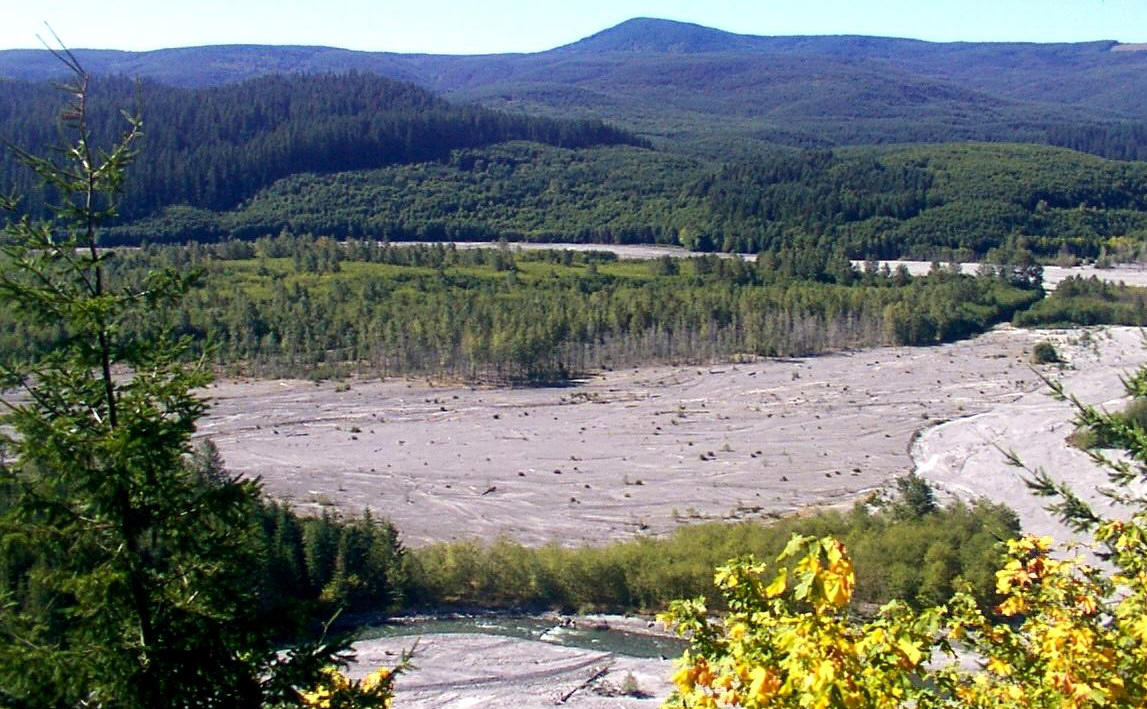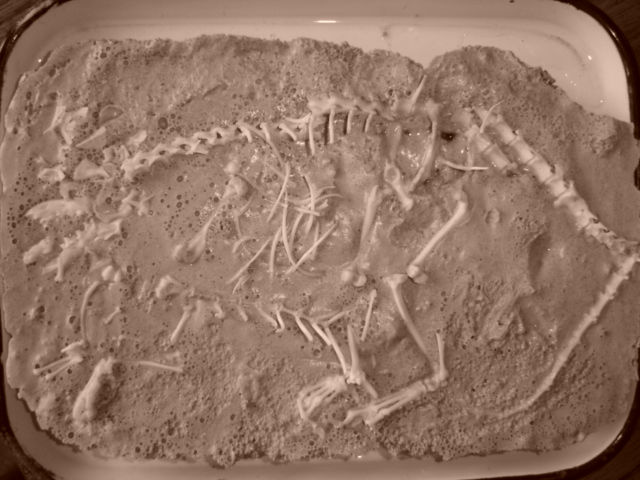





An exciting curriculum option that we have developed is a multidisciplinary incorporation of paleontology, mammalogy, and anatomy into a single hands-on unit. We produce and provide small mammal (e.g., skunk, porcupine, mink, beaver, etc.) skeletons imbedded in a faux rock, cast of a plaster of Paris type material mixed with sand or soil to simulate a naturally occuring specimen found in a sedimentary matrix.

Mink (Mustela vison)
Students will learn to carefully extricate the skeleton from the rock, using dental picks and brushes just like the paleontologists that work in the fossil beds in Montana, Wyoming, and around the world. After removing the skeleton, including the skull, the students will identify and name the bones and position them in the appropriate anatomical position. Advanced students can work to reassemble or articulate the skeleton into a lifelike pose as is commonly seen in Natural History museums around the world. Students will learn to identify a probable cause of death, any broken bones or pathologies, and identify the species of animal that they have recovered. Students should work in groups of three or four and the unit may take up to two full weeks. We bring our years of anatomy, osteology, and biology expertise to assist in all aspects of teaching the unit.